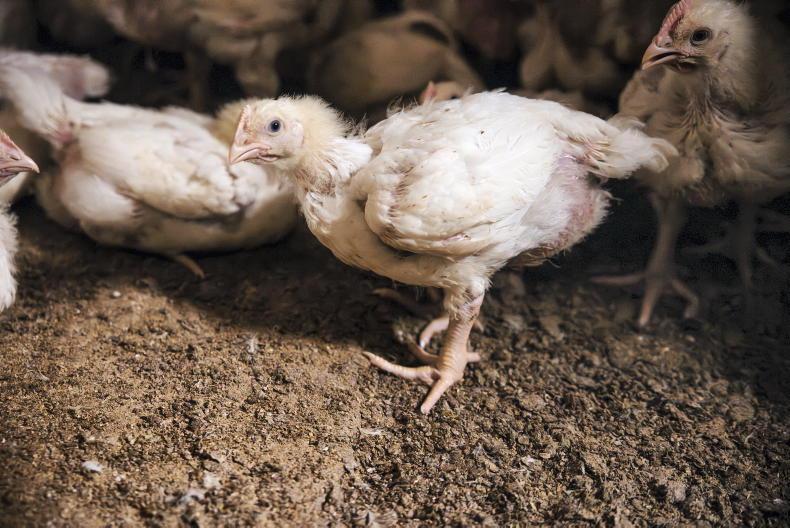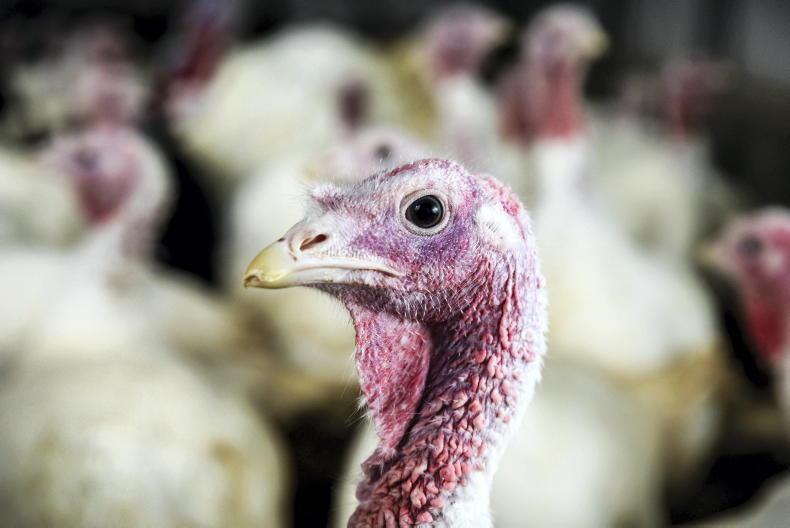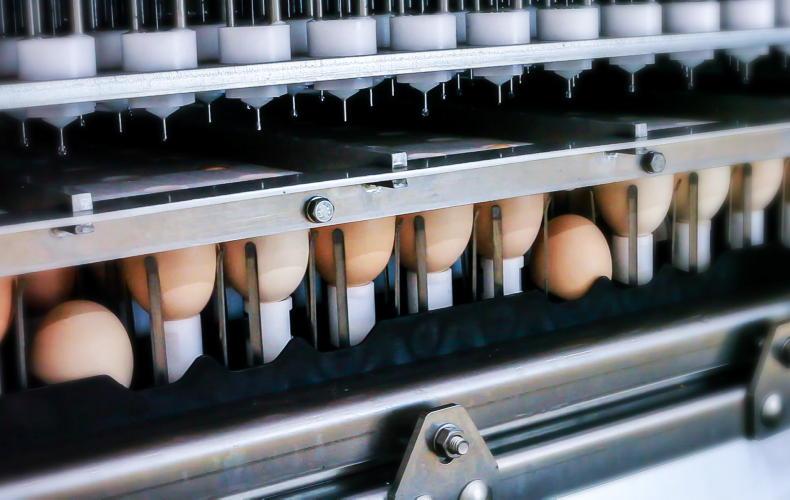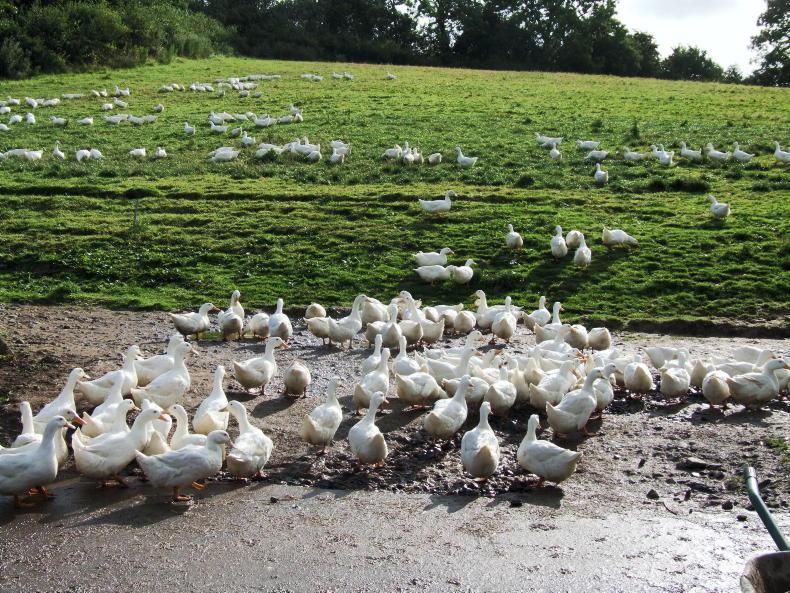Tightening biosecurity standards are poultry farmers’ first line of defence against the lethal H5N1 strain of bird flu that has been hammering flocks in Europe and North America since 2021, a Teagasc and IFA poultry meeting in Cavan heard last week.
Richard Jackson of St David’s poultry vet team stated that “all hell broke loose” in the UK last autumn/winter and that biosecurity measures can be effective in protecting flocks, but little else is known about the disease.
Waterfowl and gulls usually have high resistance to bird flu but this immunity appears to be far lower for the H5N1 strain.
Keeping sheds completely waterproof, preventing pools of water gathering in yards and immediately cleaning any feed spills help to keep wild birds away from units.
Data from the UK suggests that the disease does not travel far in air or on feathers and roughly the same number of virus particles are needed to infect a bird as is needed with other less severe viruses, the vet said.
The reasons for such strong pathogenicity in the H5N1 strain are not yet fully understood but the disease’s spread in the UK suggests that contact between poultry and wild birds is key to it spreading, according to Jackson.
“I think it’s safe to say we do not know what will happen this year. We are in a better position than we were this time last year but I can’t guarantee it’s going to stay that way.
“The question that everyone wanted to know was why was it so bad over the last few years and the answer is that nobody really knows.”
After a severe winter of avian influenza, disease scientists can usually spend the summer months studying the virus to answer these questions.
H5N1 remained active through the summer in 2022, preventing this work from happening, Jackson explained.
“Unfortunately, we didn’t have that lull last summer to spend resources and time to determine what features of this H5N1 made it so bad.”










SHARING OPTIONS